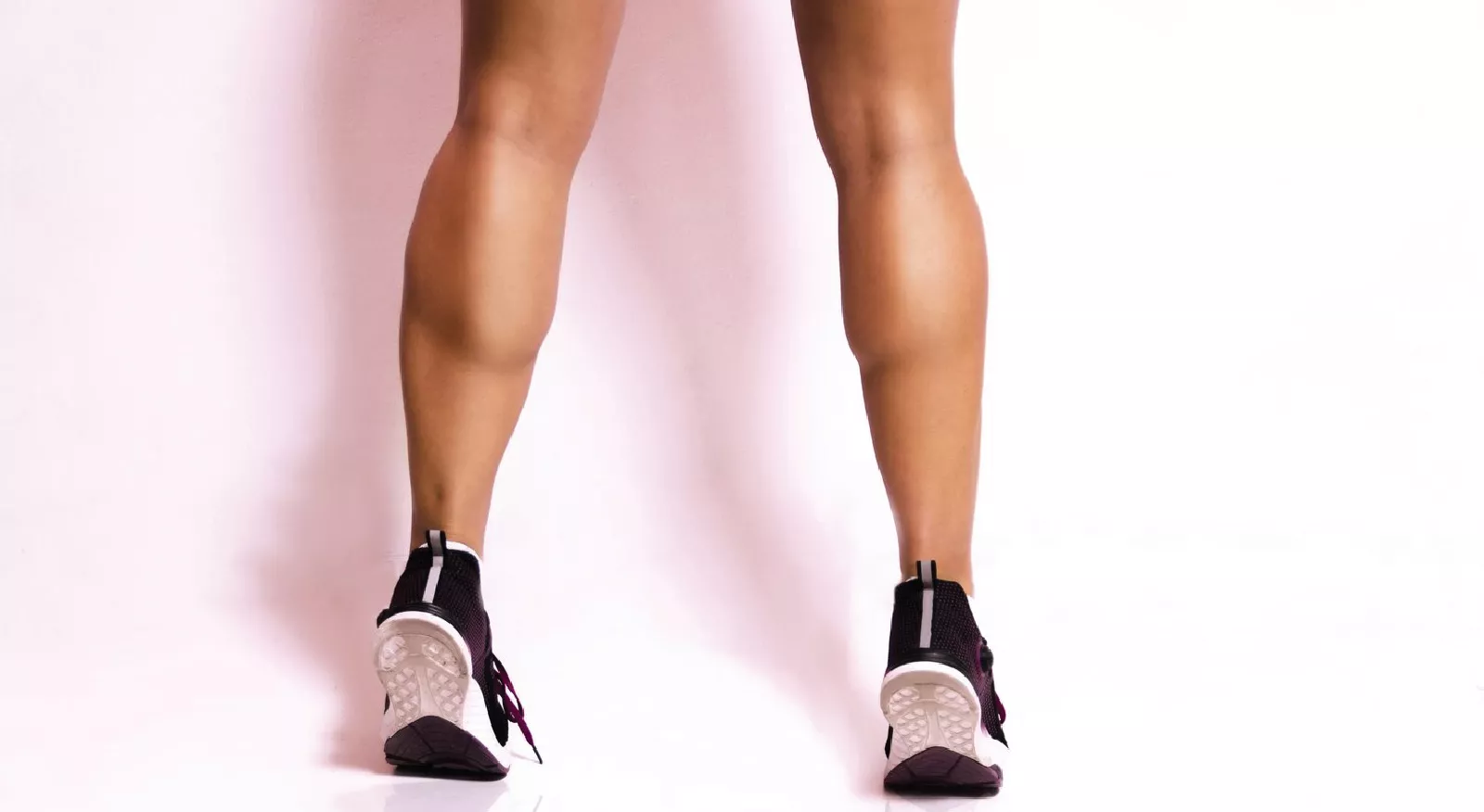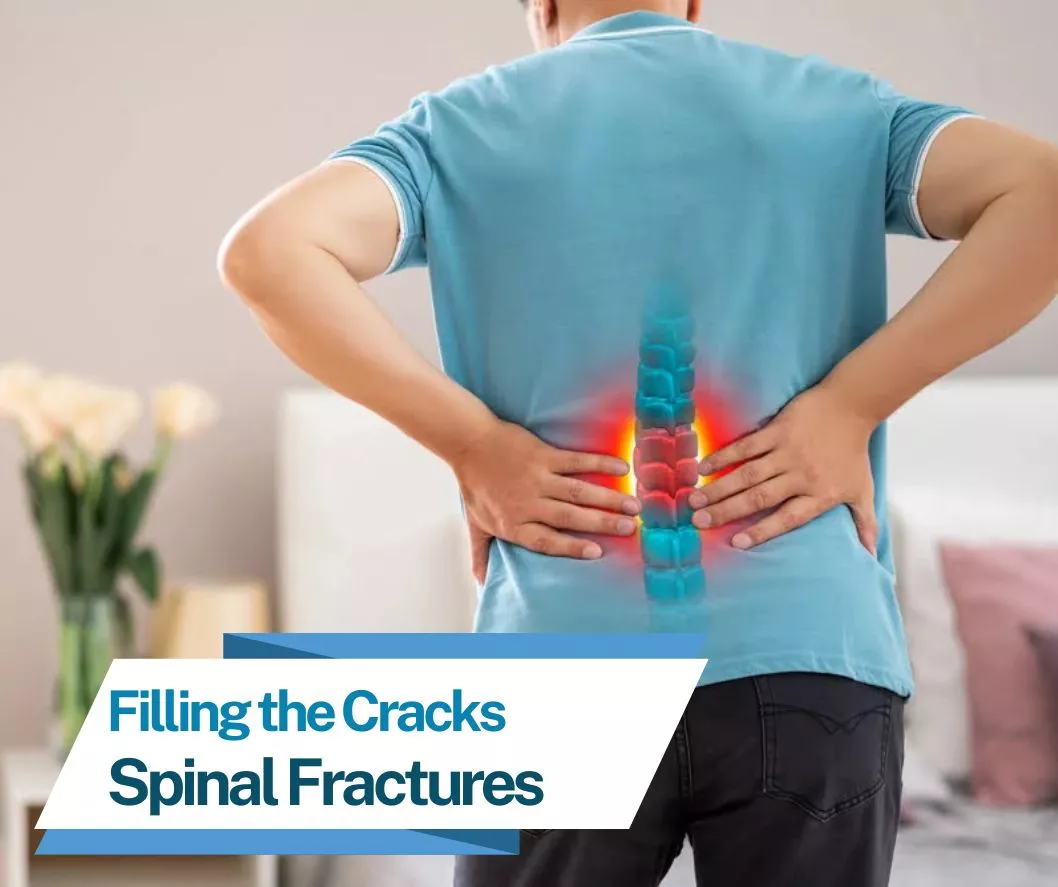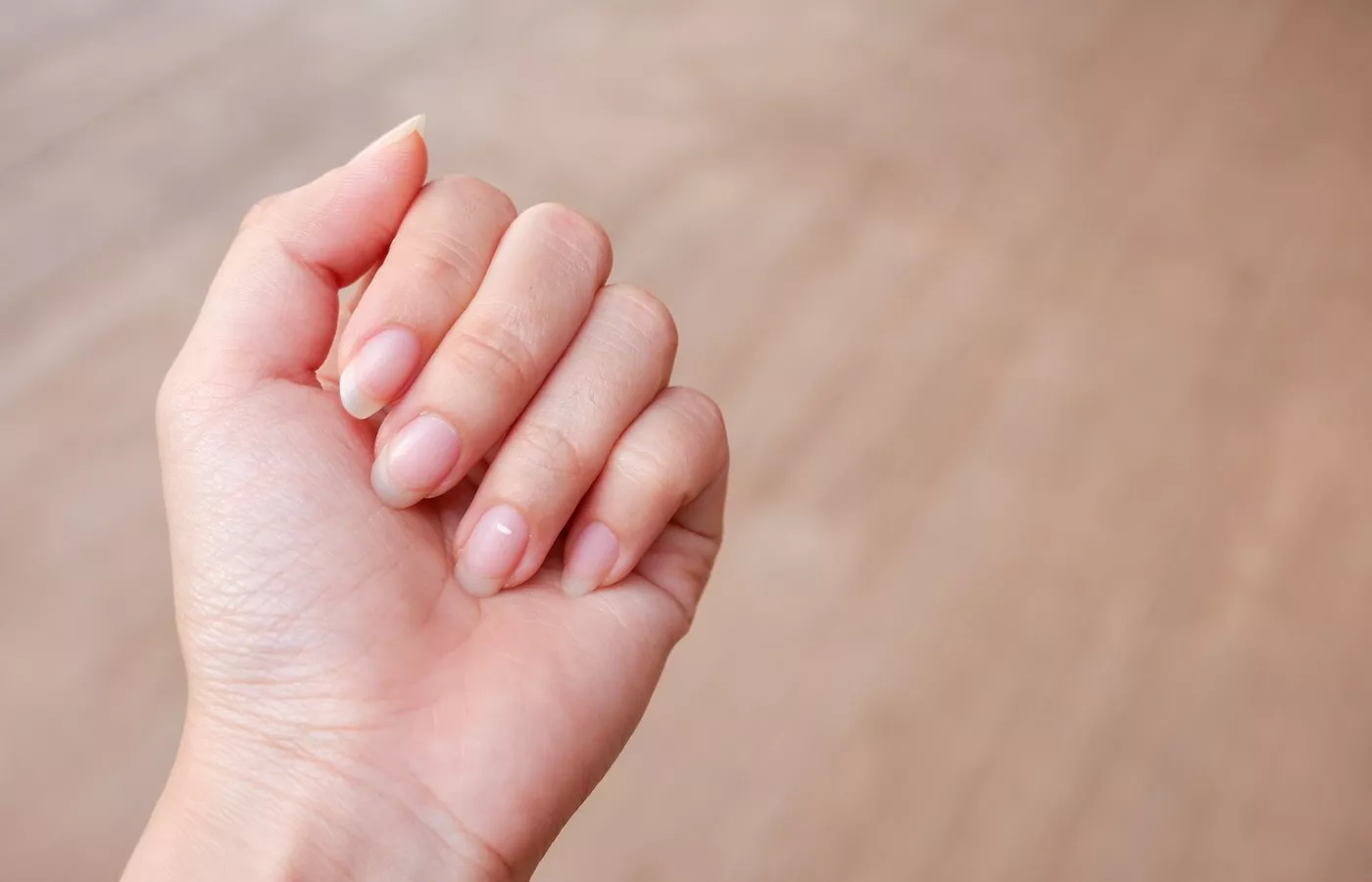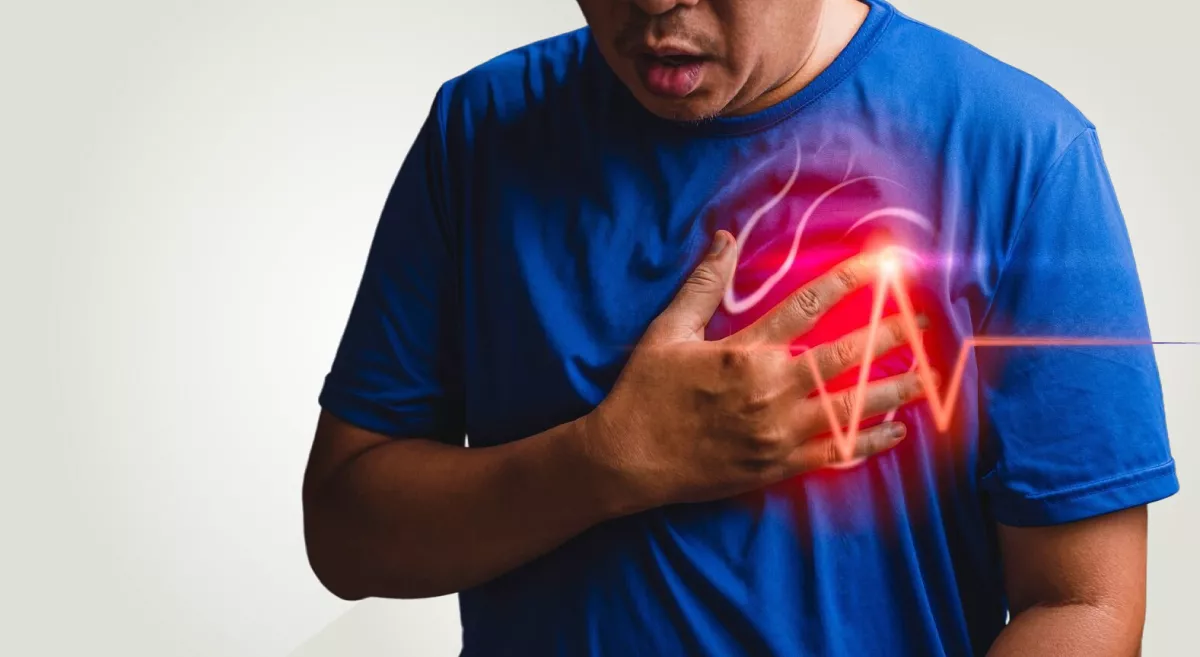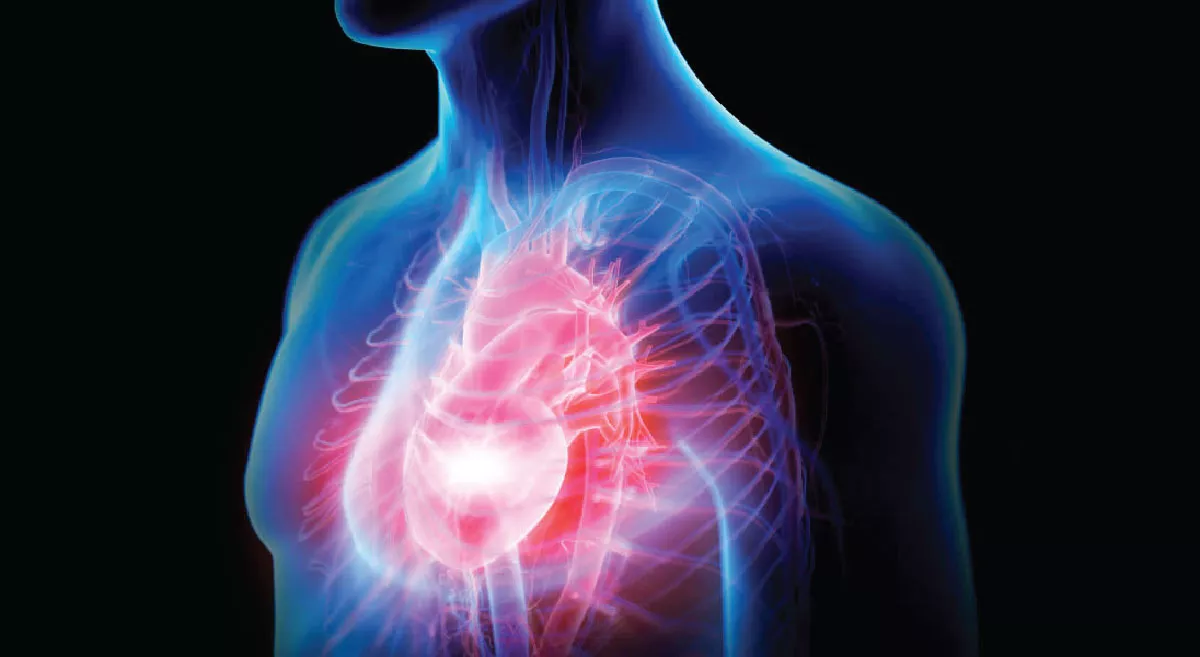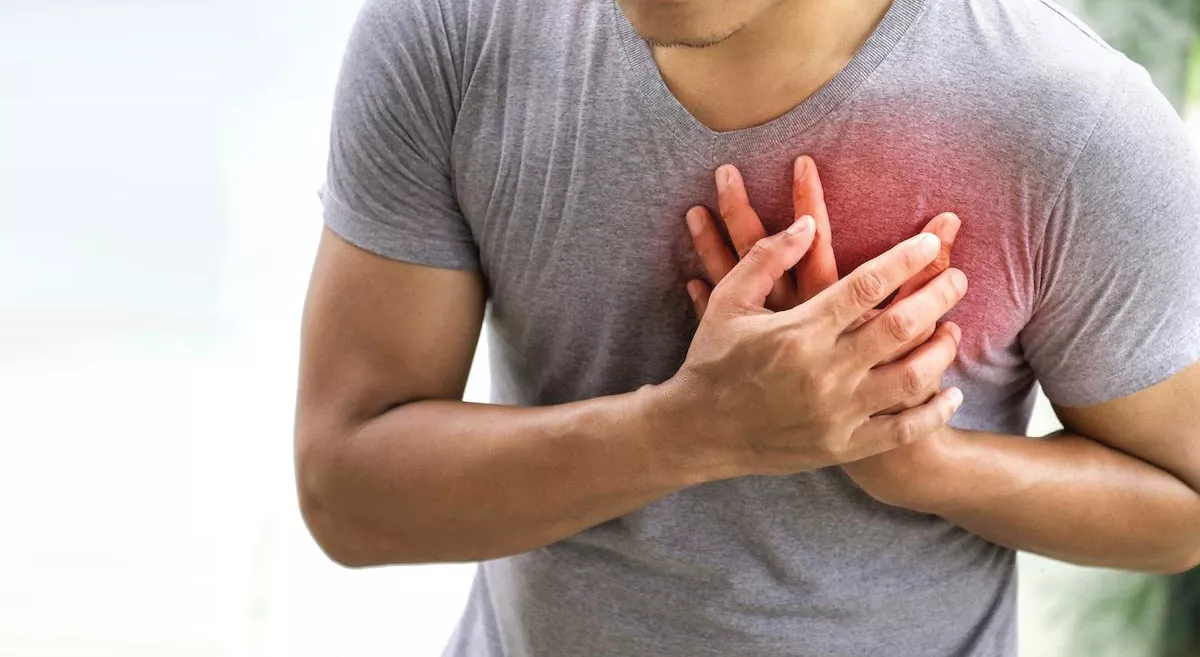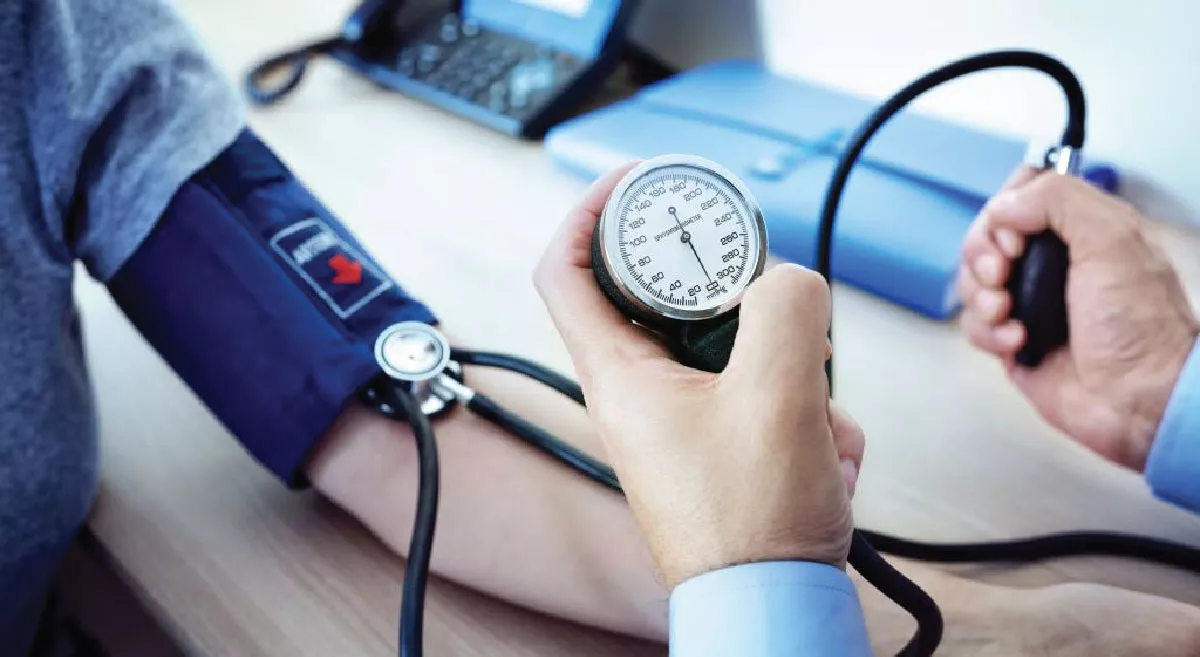Role of Calf Muscles as the "Second Heart"
The calf muscles are crucial for venous return, the process of blood flow back to the heart. When they contract (during walking, running, or exercising), they compress the deep veins in the legs, effectively pumping blood against gravity toward the heart. This helps prevent blood pooling in the lower extremities and reduces the workload on the heart.
Impact on Heart Health
Improved Circulation: Healthy calf muscles enhance blood circulation, reducing the risk of conditions like deep vein thrombosis (DVT), varicose veins, and edema. Reduced Strain on the Heart: By aiding venous return, the calf muscles lower the effort required by the heart to circulate blood, especially during physical activity. Lower Risk of Cardiovascular Issues: Regular movement of the calf muscles prevents blood stagnation, reducing the likelihood of clots and other cardiovascular complications.
Reduction of Blood Pressure
- Venous Pump Action: The calf muscles improve venous return, which can decrease peripheral resistance and help stabilize or lower blood pressure.
- Exercise Benefits: Regular activity involving the calf muscles increases overall cardiovascular fitness, which is linked to lower resting blood pressure.
Best Exercises for Calf Muscles
To keep your calf muscles strong and improve their pumping efficiency, consider these exercises: Basic Calf Strengthening
Calf Raises
- Stand with your feet hip-width apart, and slowly rise onto your toes, then lower back down.
- Do 2–3 sets of 15–20 repetitions.
Seated Calf Raises
- Sit on a chair, place your feet flat on the floor, and raise your heels while keeping the balls of your feet grounded.
- Dynamic Movements
Walking or Jogging
Brisk walking or jogging engages the calf muscles continuously, improving their function and endurance.
Stair Climbing
Climbing stairs provides a natural and effective way to work your calves.
Jump Rope
- Skipping rope is excellent for strengthening the calves and improving cardiovascular health.
- Stretching and Mobility
Calf Stretches
Stand facing a wall with one leg extended back and the heel pressed into the floor. Hold for 15–30 seconds on each leg.
Yoga Poses
Stretches and strengthens the calves while improving flexibility. Diet plays a crucial role in maintaining and enhancing the health and strength of your calf muscles. Proper nutrition supports muscle function, growth, recovery, and overall performance. Proteins are the building blocks of muscle. They are essential for muscle repair, growth, and recovery after exercise.
